Top 15 Must-Visit UNESCO World Heritage Sites in India
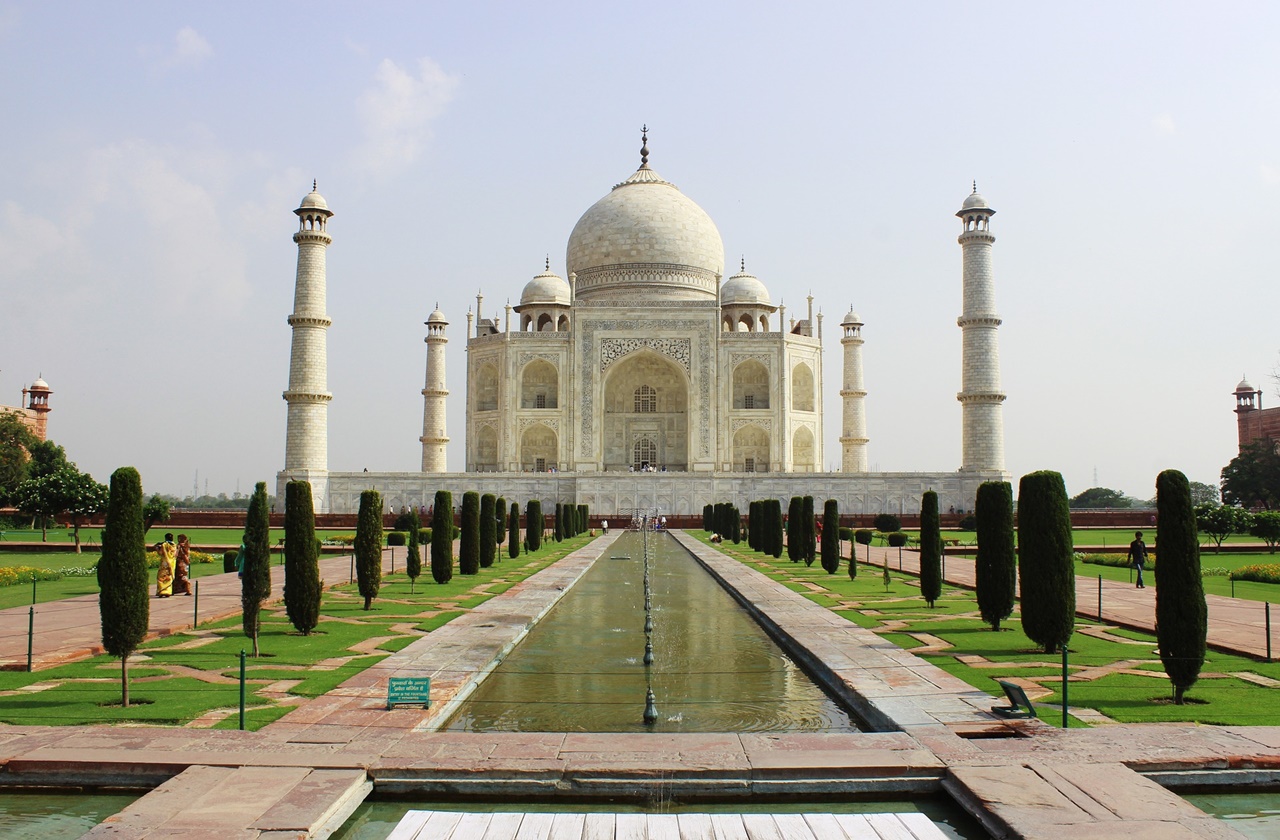
India is one of the countries in Asia known for its cultural and architectural wonders. As one of the world’s oldest civilizations, it is home to some of the most fascinating sites founded centuries ago. Because of their cultural heritage and significance, these sites were eventually hailed as UNESCO World Heritage Sites in India.
Scattered across different parts of the country, these temples, caves, and national parks are some of the most beautiful places in India. Some of these sites are popular tourist attractions like the Taj Mahal in Agra and the Red Fort Complex in New Delhi, while others are off-the-beaten-path destinations. Nonetheless, these places showcase the best of what India can offer.
What Are UNESCO World Heritage Sites?
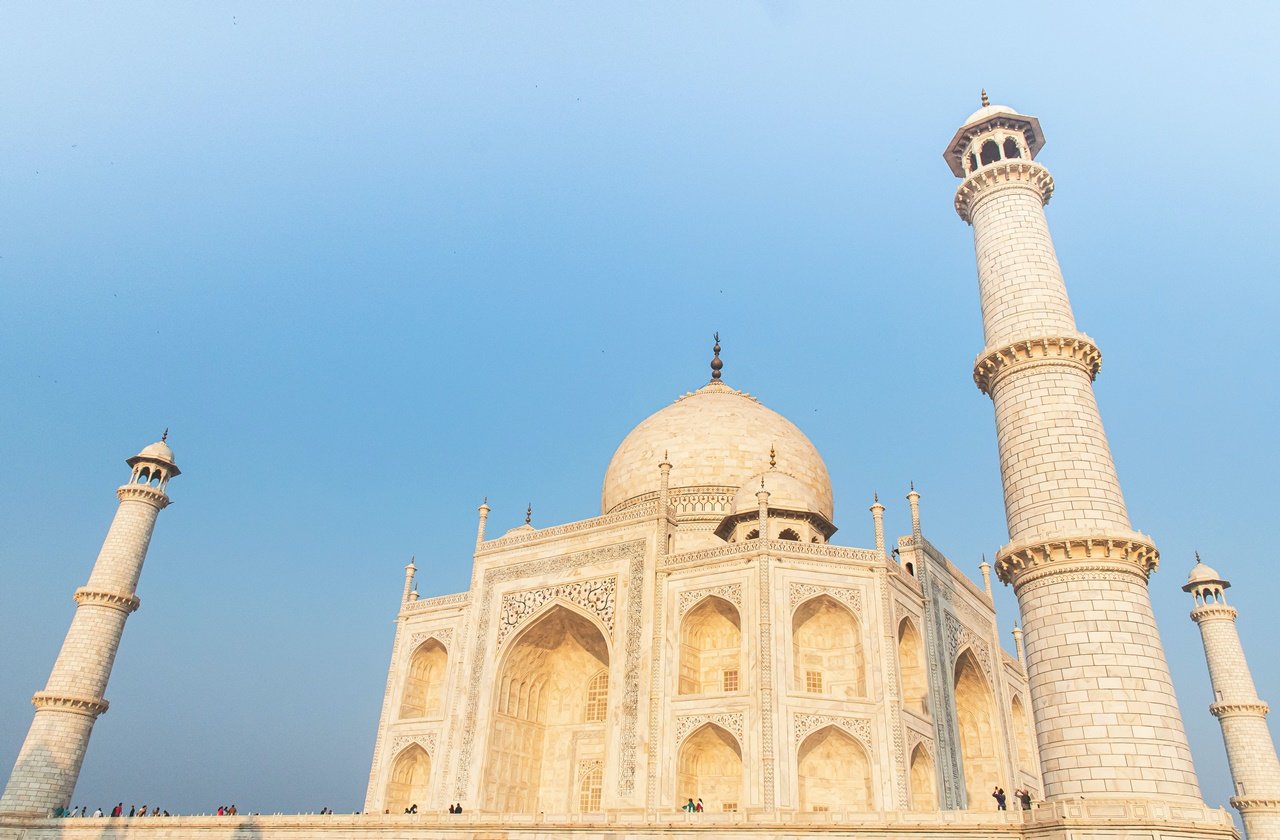
Photo by Gowri Subramanya on Unsplash
UNESCO World Heritage Sites are sites, landmarks, or areas protected by international conventions regulated by the United Nations Educational, Scientific and Cultural Organization (UNESCO). These sites can vary from awe-inspiring pyramids, idyllic Alpine towns, to centuries-old citadels.
Countries can submit different sites to the Tentative List. From the Tentative List, they can place selected sites into the Nomination File. Sites in the Nomination File are then evaluated by the International Council on Monuments and Sites and the World Conservation Union. After the deliberation by these two bodies, they can make recommendations to the World Heritage Committee. For a site to be hailed as a World Heritage Site, it must meet at least one out of 10 selection criteria.
World Heritage Sites can be grouped into three categories: cultural, natural, or mixed. Historical towns, buildings, traditions, and more classify as cultural sites. Meanwhile, natural sites are usually rock formations that provide ongoing geological processes. You can also classify ecosystems as natural heritage sites. Lastly, mixed sites are sites with a combination of natural and cultural significance.
How Many World Heritage Sites Are There in India?
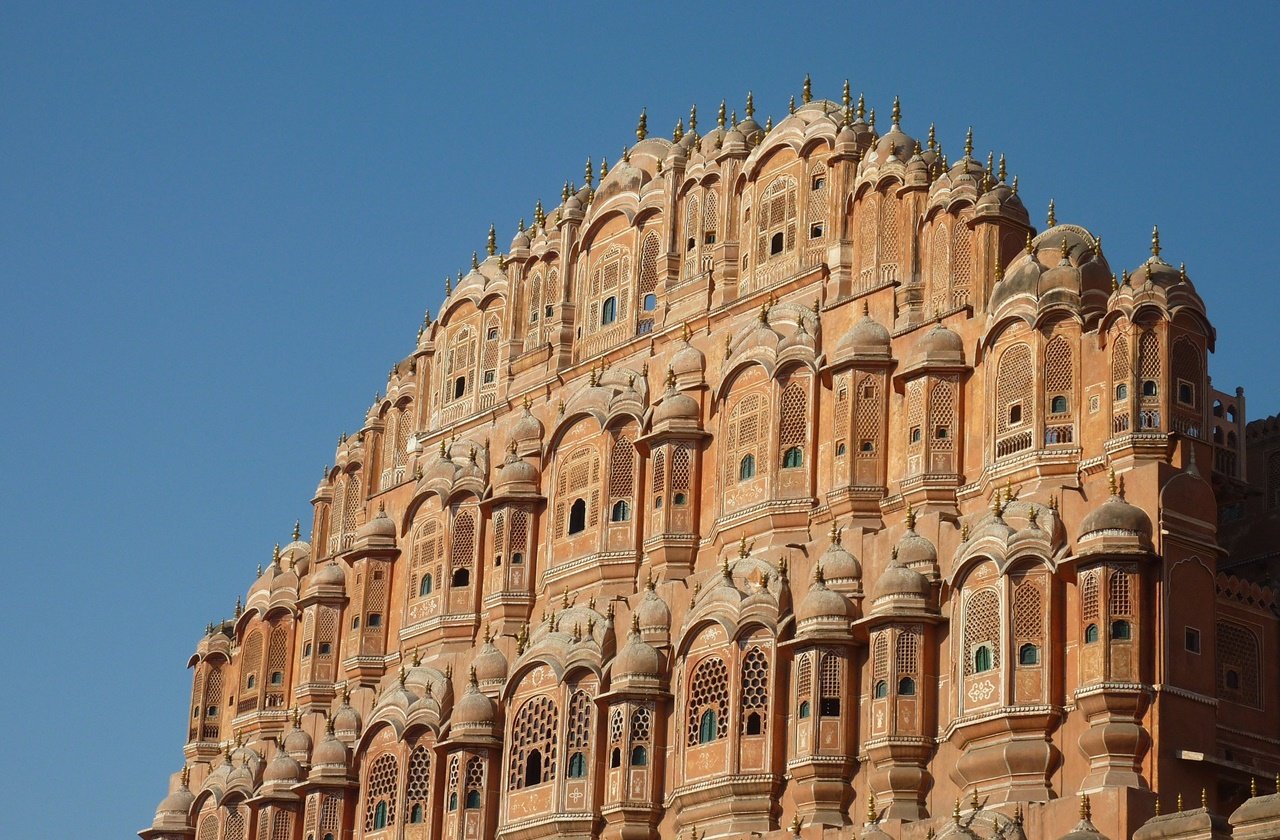
Photo by Tourism on Pixabay
Out of a thousand sites worldwide, there are 38 UNESCO World Heritage Sites in India. Of the 38 sites, 30 are cultural sites, seven are natural sites, and one fall under the mixed criteria. India has the second-largest number of World Heritage Sites in Asia and sixth in the world.
On top of these World Heritage Sites, India also has 43 sites under the Tentative List. Sites included in the list are the Golden Temple in Punjab, the Namdapha National Park in Arunachal Pradesh, and the famous Silk Road Sites.
Because of its proximity, some UNESCO World Heritage Sites in India can be good weekend getaways from New Delhi. The Taj Mahal and Jaipur are just some of the sites you can easily visit if you’re in New Delhi.
Best UNESCO World Heritage Sites in India
1. The Taj Mahal
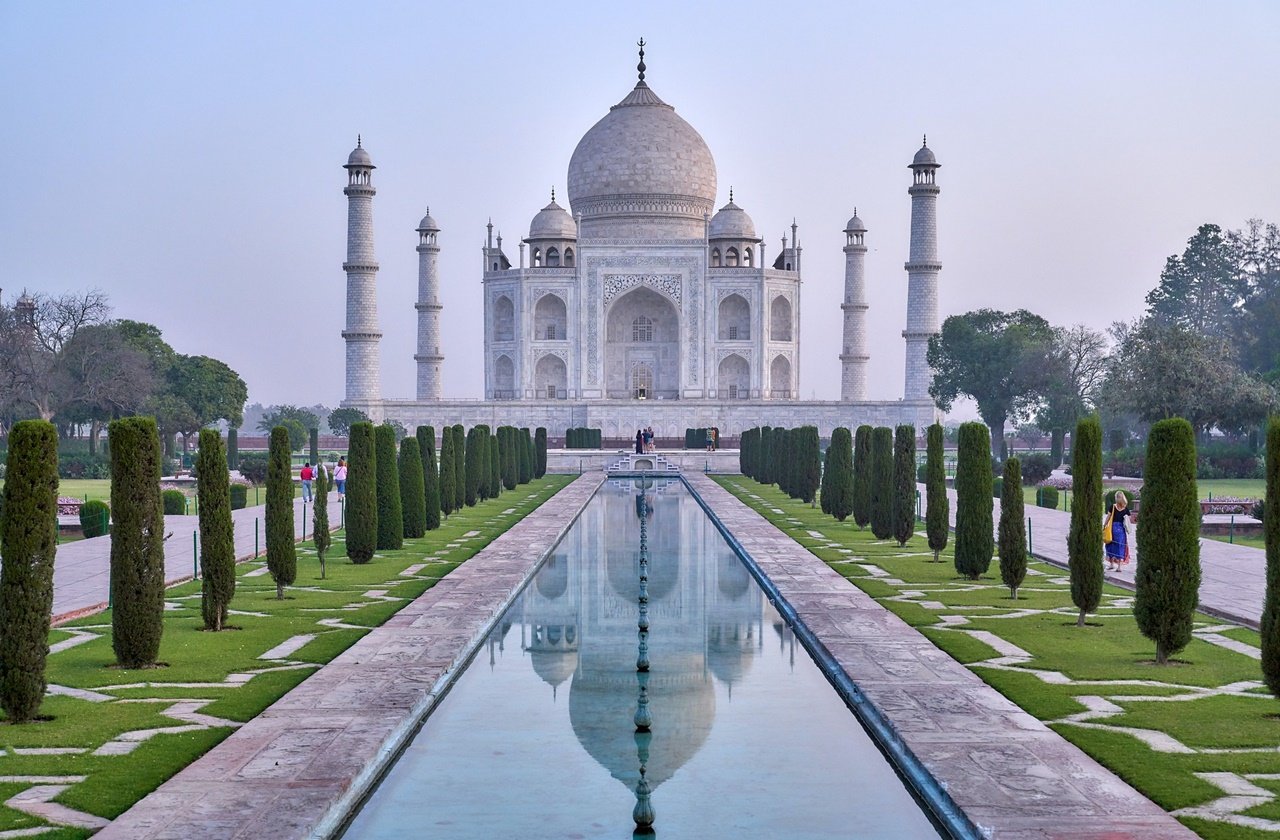
Photo by yosratawakol on Pixabay
Type: Cultural
Year of Inscription: 1983
When you think of the most memorable Indian landmarks, the Taj Mahal is one of the sites that come into mind. This postcard staple has been the country’s icon for centuries, attracting more than 7 million visitors every year. Completed in 1653, the emperor Shah Jahan built the Taj Mahal in memory of his wife, Mumtaj Mahal, who died of postpartum hemorrhage. Hailed as the world’s best example of Mughal architecture, the Taj Mahal boasts exquisite inscriptions, dazzling mosaics, and even optical illusions. Not only is it included a World Heritage Site, but it’s also one of the prestigious Seven Wonders of the World. Other sites with this honor include the Colosseum in Rome, the Chichen Itza in the Yucatán Peninsula, and the Great Wall of China.
2. Agra Fort
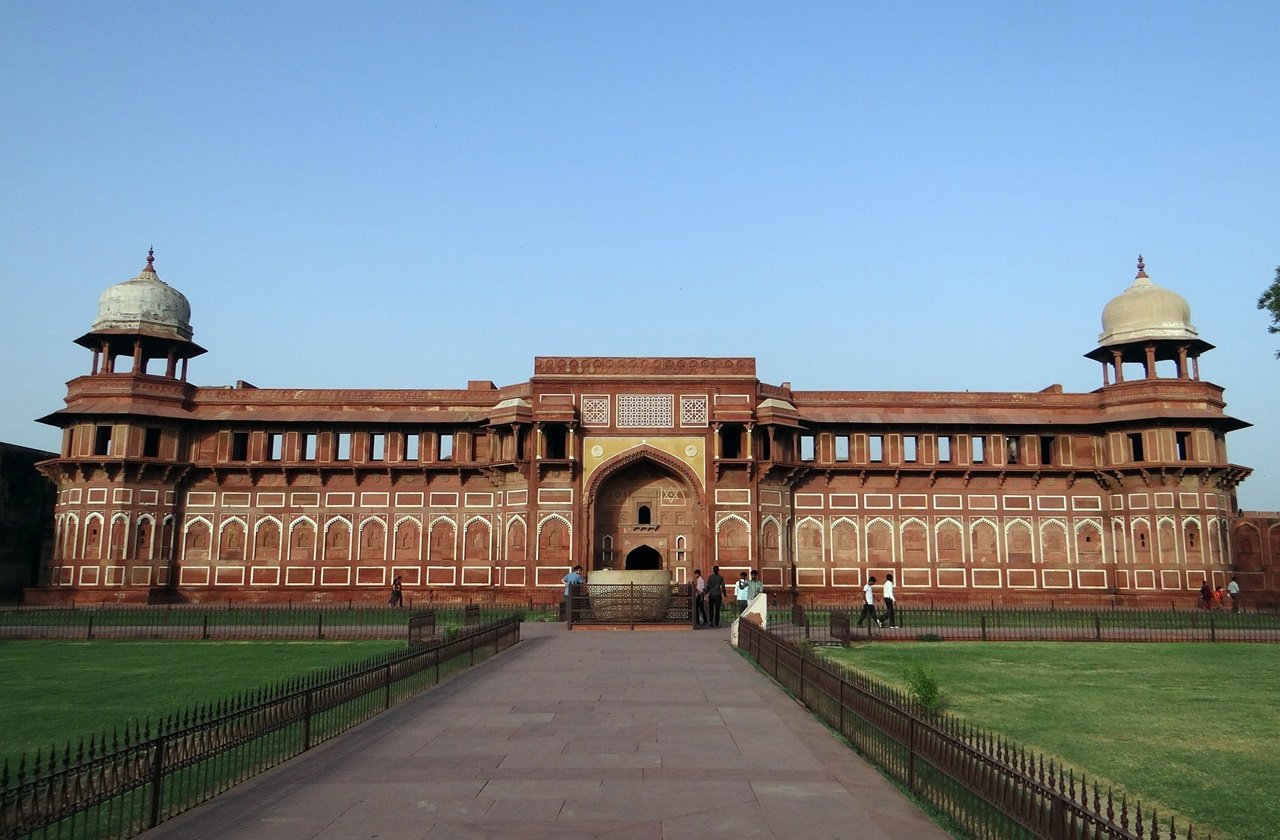
Phoot by sarangib on Adobe Stock
Type: Cultural
Year of Inscription: 1983
The Agra Fort is one of the UNESCO World Heritage Sites in India meant to represent the power of the Mughal Empire. The site comprises several important monuments like the Khas Mahal, the private residence of Mughal emperors, the bejeweled Sheesh Mahal, and more. Because of its red sandstone, the site earned the nicknames ‘Lal Qila’, ‘Fort Rouge’, and ‘Qila-i-Akbari’. Visit the Nagina Masjid, a masjid made from white marble built for the female members of the Royal Family. Enter the Jahangiri Mahal, a simple yet elegant palace containing the bowl that once contained rose water. This 16th-century Mughal monument stands near the Taj Mahal, perfect for a fulfilling day trip or weekend getaway to Agra.
3. Mahabodhi Temple Complex at Bodh Gaya
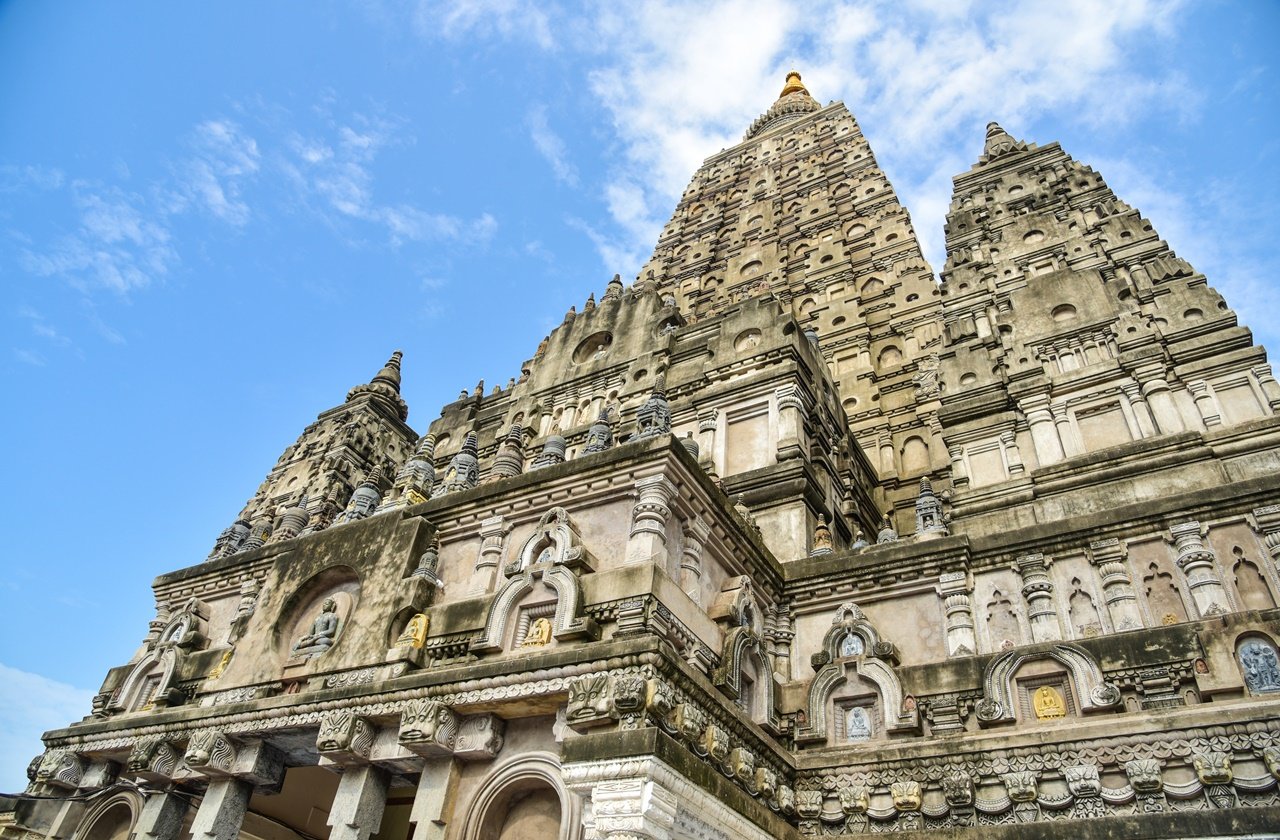
Photo by panithi33 on Adobe Stock
Type: Cultural
Year of Inscription: 2002
The stunning Mahabodhi Temple Complex is one of the four sites related to Gautama Buddha’s life, particularly his Enlightenment. Other pilgrimage sites include Lumbini in Nepal and Sarnath and Kushinagar in India. It is also considered the birthplace of Buddhism and is acknowledged as the holiest of the four pilgrimage sites. The temple complex contains a 50-meter tall grand temple, the Bodhi holy tree, and other sites relating to Buddha’s enlightenment. Additionally, the Mahabodhi Temple is one of the oldest brick temples in India, said to be influential in the rise of brick architectural design in the country. Whether or not you’re a believer in Buddhism, visiting this site will give you a sense of peace and tranquility.
4. Jaipur
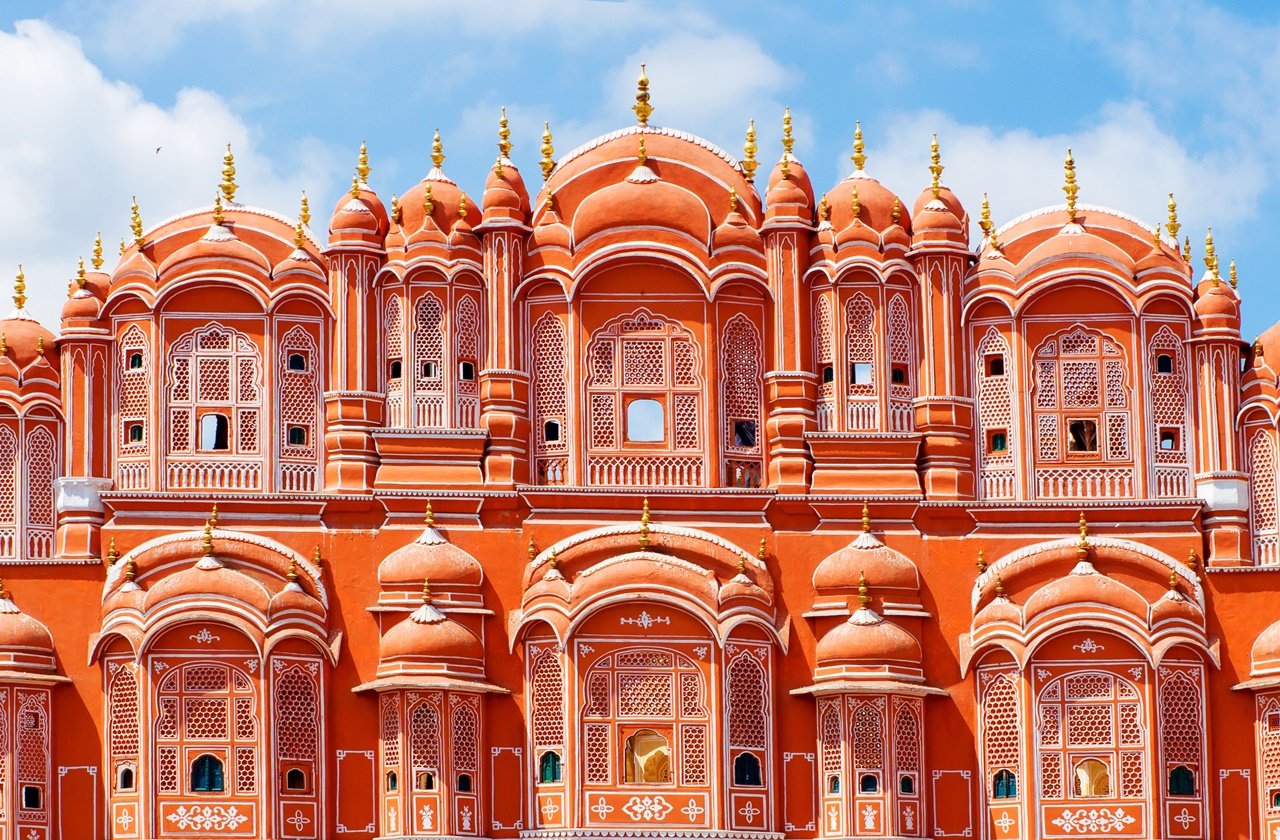
Photo by Byelikova Oksana on Adobe Stock
Type: Cultural
Year of Inscription: 2019
Although Jaipur is one of the relatively new UNESCO World Heritage Sites in India, its beauty has been known for a long time. Also known as the Pink City due to its pink-hued buildings, the city is a harmonious blend of different architectural styles, from traditional to modern ones. As you explore the city, you’ll find the Hindu, Modern Mughal, and Western influences in its architectures. Go on a sightseeing tour and get a chance to see the city’s best highlights, including the iconic Hawa Mahal and the ethereal Jal Mahal. Shop to your heart’s content at one of the local bazaars where you can find the best local handicrafts and souvenirs. Despite the changes and developments surrounding it, Jaipur retains its old-world elegance and charm.
5. Chhatrapati Shivaji Terminus (formerly Victoria Terminus)
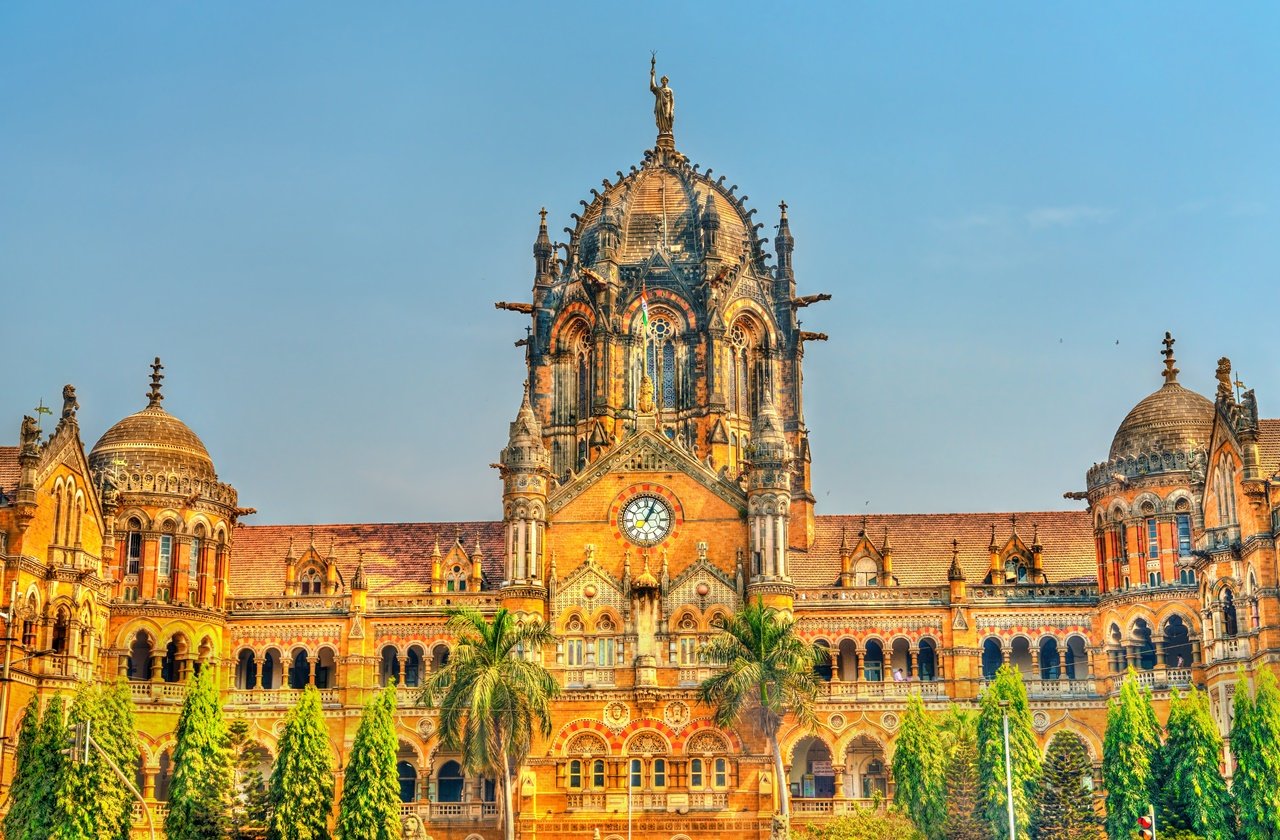
Photo by Leonid Andronov on Adobe Stock
Type: Cultural
Year of Inscription: 2004
Formerly called the Victoria Terminus, the Chhatrapati Shivaji Terminus is another example of Indian and Western architecture. The Mumbai train station opened on Queen Victoria’s Golden Jubilee in 1887, hence its original name. Designed by Frederick William Stevens, Victoria Terminus took cues from Gothic Revival architecture and incorporated it with Indian architecture. What came as a result is now one of India’s best-known monuments, with intricate turrets, breathtaking columns, and delicate arches. From Victoria Terminus, it was renamed the Chhatrapati Shivaji Terminus in 1996 to commemorate the Indian king. Now, the historic terminal train station welcomes more than 3 million commuters every day and is one of the busiest railway stations in the country.
6. Sundarbans National Park
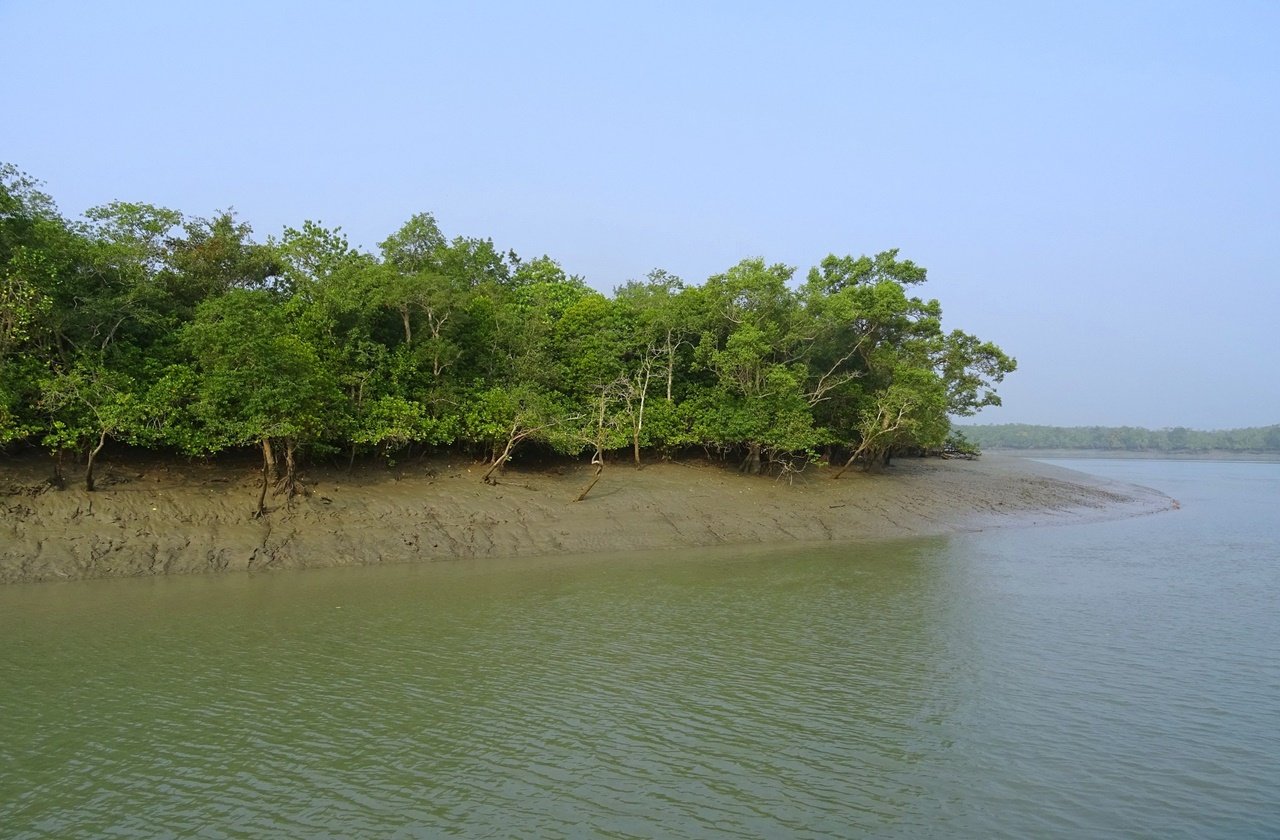
Photo by sarangib on Pixabay
Type: Natural
Year of Inscription: 1987
Sprawling across 10,000 square kilometers of land and water, Sundarbans National Park is one of the natural UNESCO World Heritage Sites in India. It is also the world’s largest mangrove forest, serving as a barrier from storms and other important environmental benefits. The natural environment also provides a sanctuary to the Royal Bengal Tiger, a critically endangered species. The thick mangrove forests are unique as they feature different kinds of mangrove flora and mangrove-associated fauna. Aside from Bengal tigers, Sundarbans National Park is home to hundreds of plants and animals, including other endangered species like the estuarine crocodile and the Indian python.
7. Sun Temple, Konârak
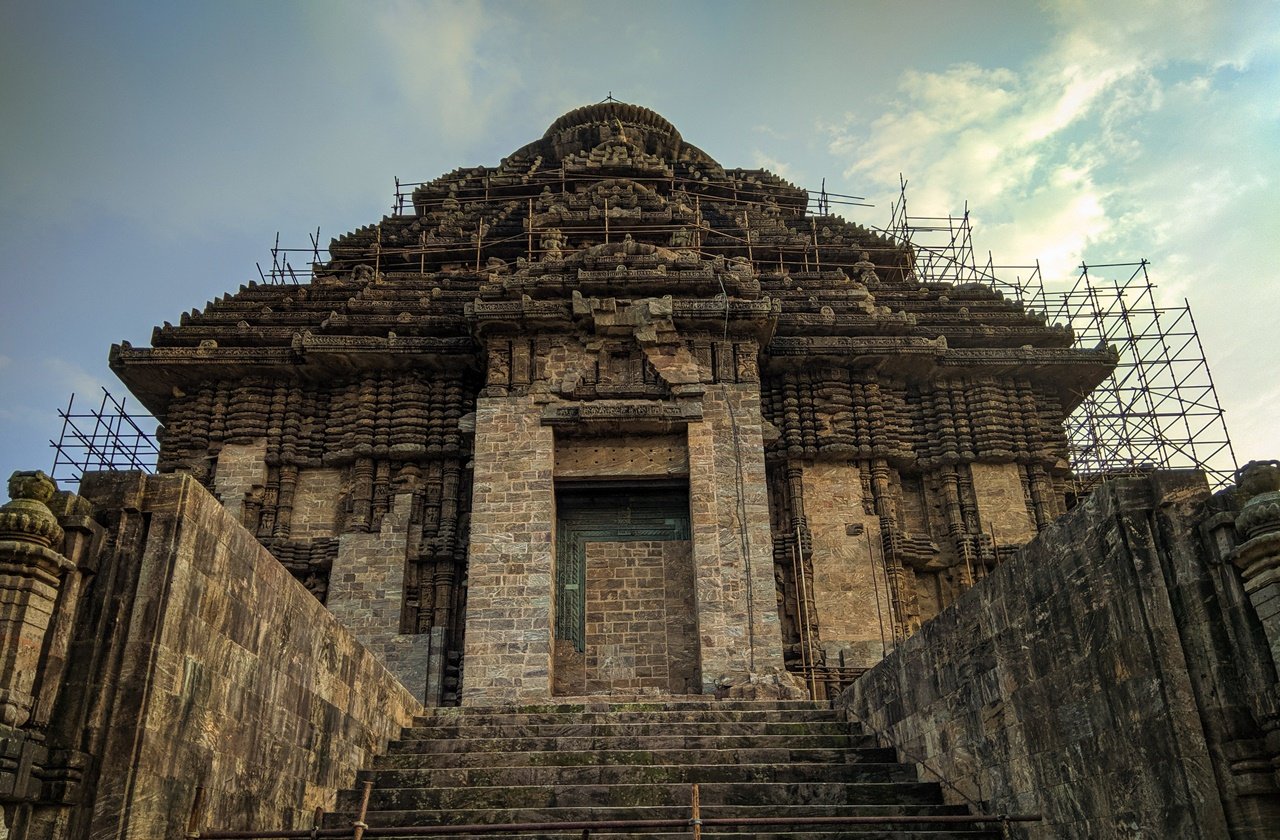
Photo by Ujjval Verma on Unsplash
Type: Cultural
Year of Inscription: 1984
Not far from Puri beach town is another World Heritage Site that will amaze you with its splendor. The Sun Temple in Konârak pays tribute to the Surya, the Sun God in Hinduism. This site proudly displays the Kalinga style of architecture, which was prevalent during the time of its construction. Considered a marvel of art, architecture, and engineering, the Sun Temple takes the shape of a huge chariot led by six carved horses. The stone wheels, pillars, and walls all feature intricate designs and patterns. Construction of the temple took 12 years, with more than a thousand artisans working on its components.
8. Great Living Chola Temples
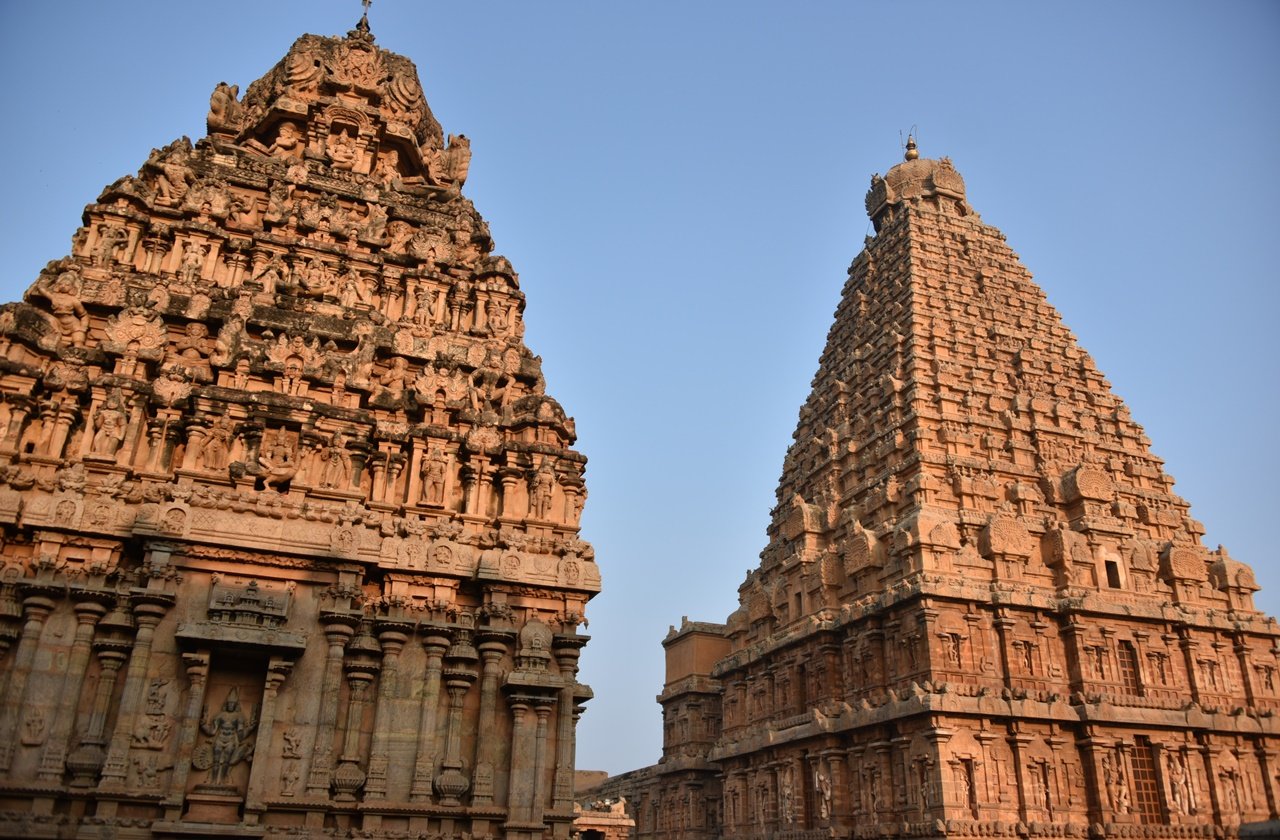
Photo by travel sojourns on Adobe Stock
Type: Cultural
Year of Inscription: 1987, 2004
The Chola dynasty is one of the world’s longest-ruling dynasties, spanning over 450 years. One of the contributions of the dynasty was the Great Living Chola Temples. These include the Brihadisvara Temple at Thanjavur, the Brihadisvara Temple at Gangaikondacholisvaram, and the Airavatesvara Temple at Darasuram. Built during the 11th and 12th centuries, the temples are a testament to the Chola dynasty’s architecture, sculpture, and art. In addition, the original rituals and prayers done centuries ago are still held, hence the ‘living’ in the name. If you want to witness the prayer rituals, visit the temples in the early morning or early evening. Fascinating and otherworldly, the Chola Temples are one of the best UNESCO World Heritage Sites in India.
9. Elephanta Caves
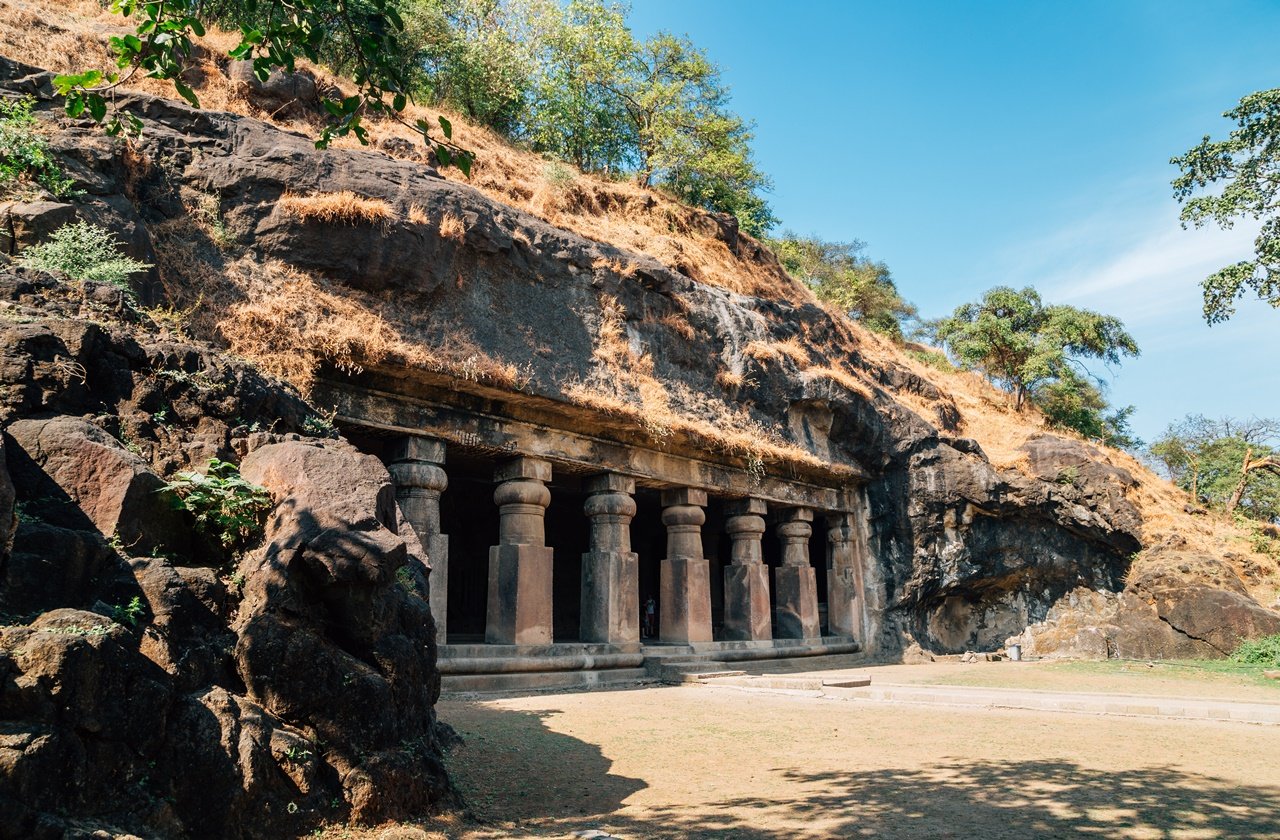
Photo by Sanga on Adobe Stock
Type: Cultural
Year of Inscription: 1987
Located on the east of Mumbai, the Elephanta Caves are a huge network of sculpted caves. It consists of two groups, a large group of Hindu caves, and a smaller group of Buddhist caves. Made from basalt rock, the caves depict different stories, such as the god Shiva being the creator, preserver, and destroyer of the universe. Get a glimpse into the history of Indian civilization as you see different archaeological remains. Renovation efforts took place during the 1970s and the Elephanta Caves became one of the UNESCO World Heritage Sites in India in 1987 in order to preserve this gem.
10. Nanda Devi and Valley of Flowers National Parks
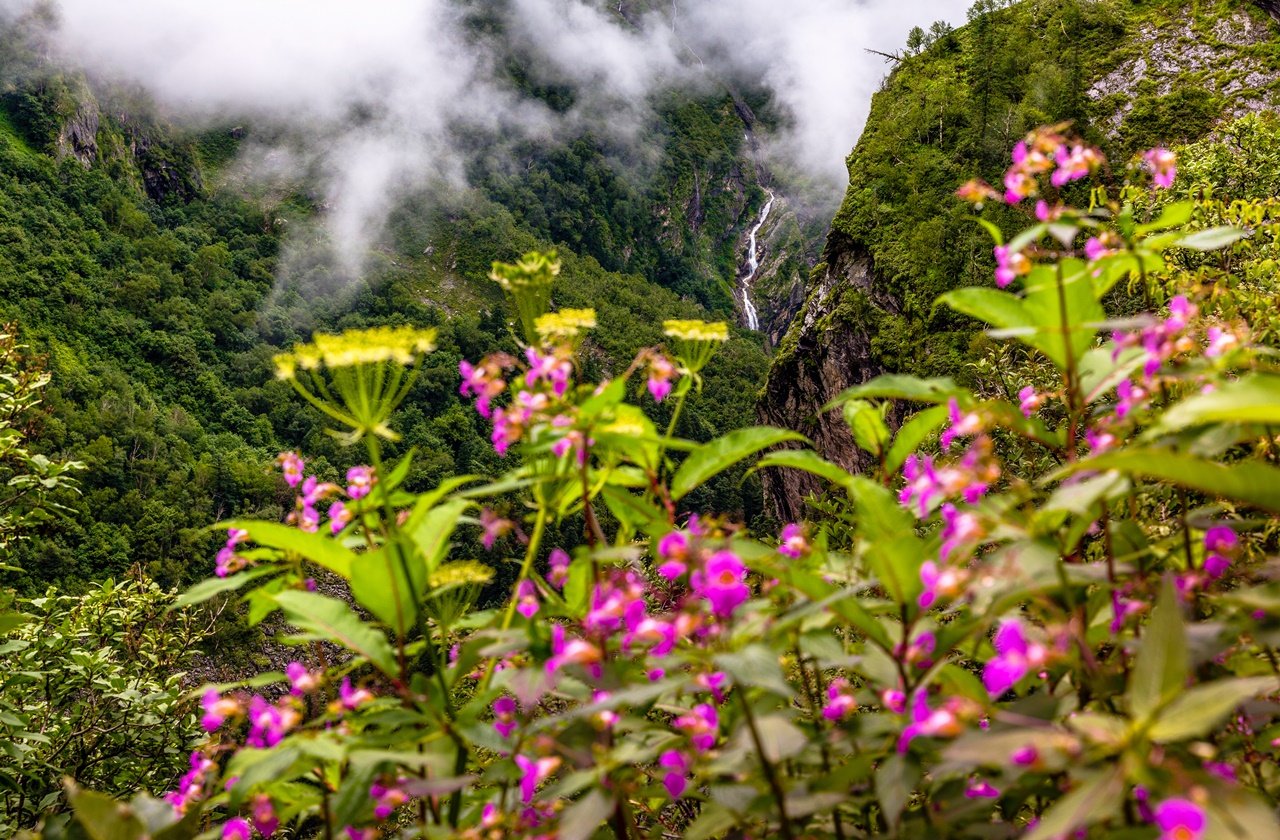
Photo by VIVEK on Adobe Stock
Type: Natural
Year of Inscription: 1988, 2005
Find vast fields of blooming flowers at the Valley of Flowers National Park. The national park in India features more than 600 flower species, blooming at its peak from August to September. On the other hand, the Nanda Devi National Park features a more rugged landscape with tall mountain peaks and glaciers. Together, these sites create a transition zone between Zanskar in the north and Great Himalaya in the south. The parks are also home to several rare or endangered animals, such as the Asiatic black bear, blue sheep, and snow leopard. The Nanda Devi and Valley of Flowers National Parks have also been mentioned in Hindu mythology. In addition, they have also been praised by mountaineers and botanists for their rich atmosphere.
11. Humayun’s Tomb
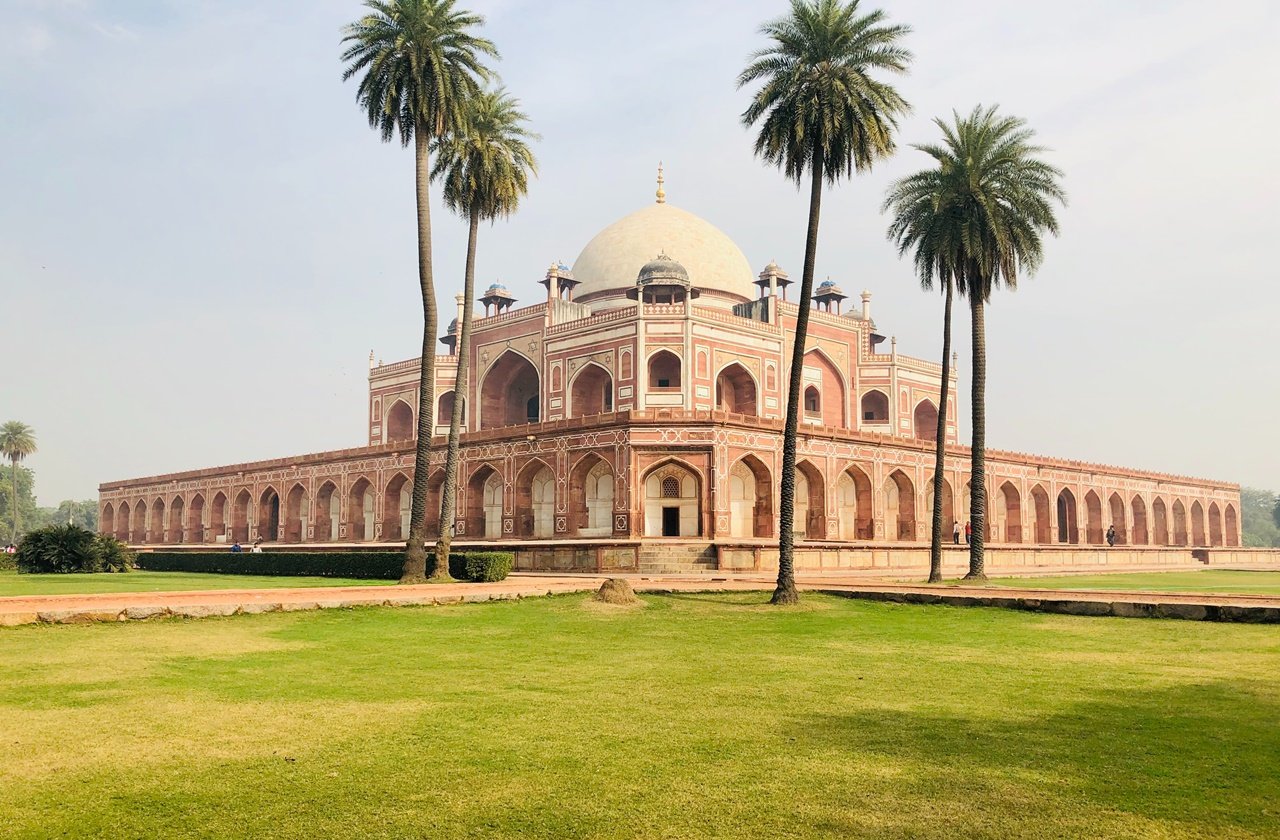
Photo by Barun Ghosh on Unsplash
Type: Cultural
Year of Inscription: 1993
Humayun’s Tomb in Delhi is the Indian subcontinent’s first garden-tomb, and one of the most beautiful sites in the city. Built in 1570, it became one of the UNESCO World Heritage Sites in India in 1993 for its cultural importance. The site was commissioned by Empress Bega Begum and comprises several smaller monuments, including hundreds of tombs of members of the royal family. The combination of white marble and red sandstone gives it a distinct look. Surrounded by meticulously manicured lawns and gardens, Humayun’s Tomb is another perfect example of Mughal architecture, with vaulted ceilings, uniform patterns, and large domes. Eventually, the architectural innovations used in creating the tomb inspired several other sites, including the Taj Mahal.
12. Mountain Railways of India
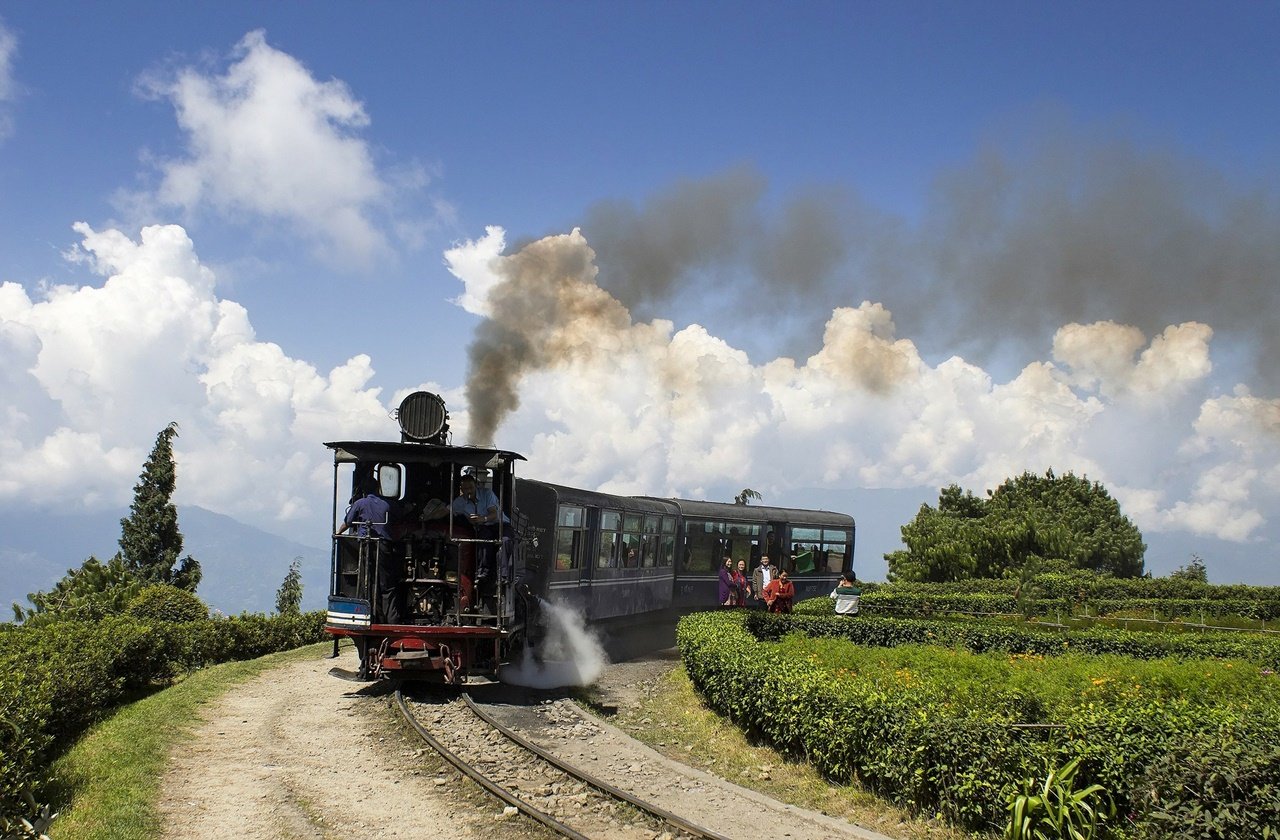
Photo by donvikro on Pixabay
Type: Cultural
Year of Inscription: 1999, 2005, 2008
The Darjeeling Himalayan Railway, the Nilgiri Mountain Railway, and the Kalka-Shimla Railway form the Mountain Railways of India, another famous World Heritage Site. They earned the coveted designation for establishing an effective and useful way to link different mountain terrain without disrupting much of its natural resources. The Darjeeling Himalayan Railway and the Kalka-Shimla Railway are located in Northern India while the Matheran Nilgiri Mountain Railway is in Southern India. The railways are still fully operational and serve as an example of the engineering feats during the late 19th and early 20th centuries. In fact, riding the Darjeeling Himalayan Railway is one of the must-do activities when visiting Darjeeling, aside from sampling its famous tea.
13. Great Himalayan National Park
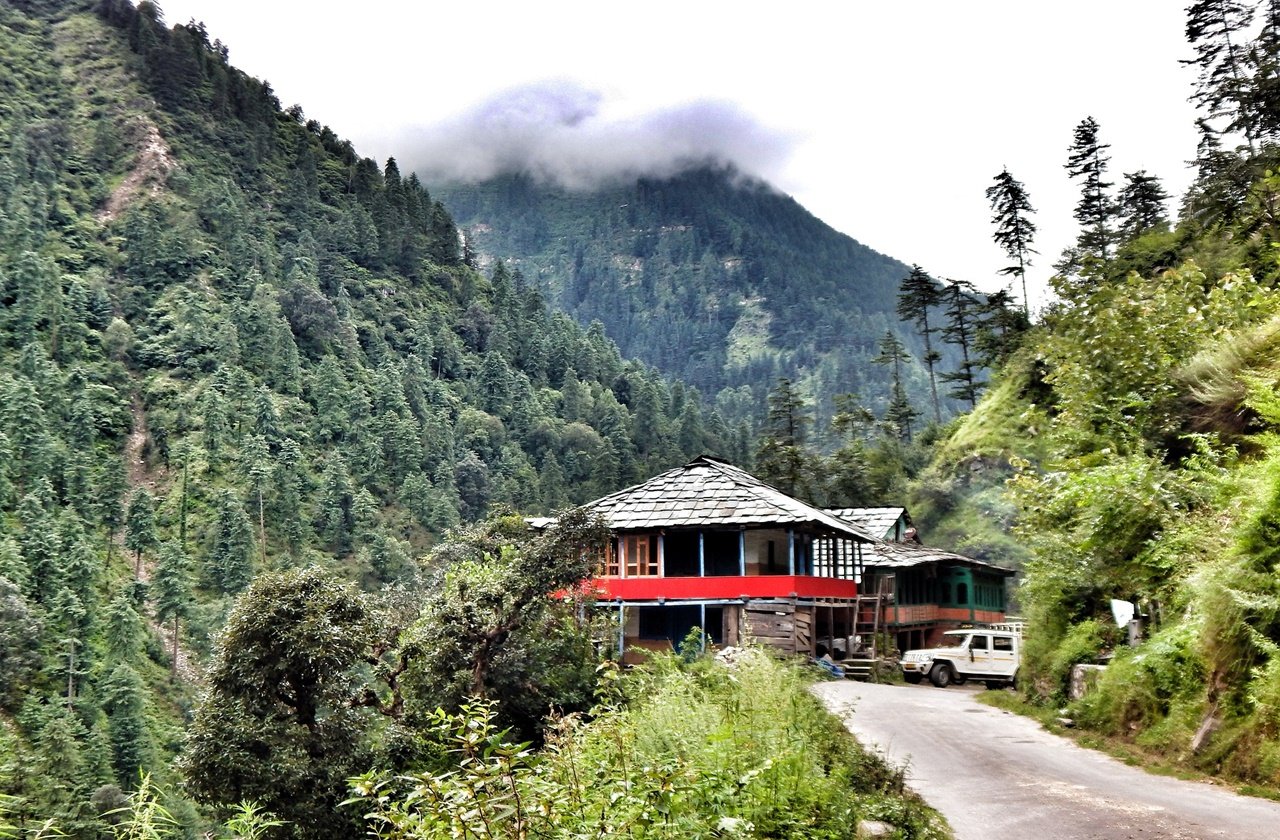
Photo by riderhippies on Pixabay
Type: Natural
Year of Inscription: 2014
The Great Himalayan National Park comprises 90,540 hectares of alpine peaks, tranquil meadows, and rushing rivers. It also includes upper mountain snowmelt and catchments of water supplies that serve as a source of water for millions of users. As a conservation area, the park aims to protect the forests and wilderness from destruction and human intervention. However, you can go on guided treks with different levels of difficulty. Additionally, this is one of the natural UNESCO World Heritage Sites in India that is home to plenty of rare and endangered animals and plants. As it is a wildlife conservation site, the property strictly prohibits hunting any of these animals.
14. Historic City of Ahmedabad
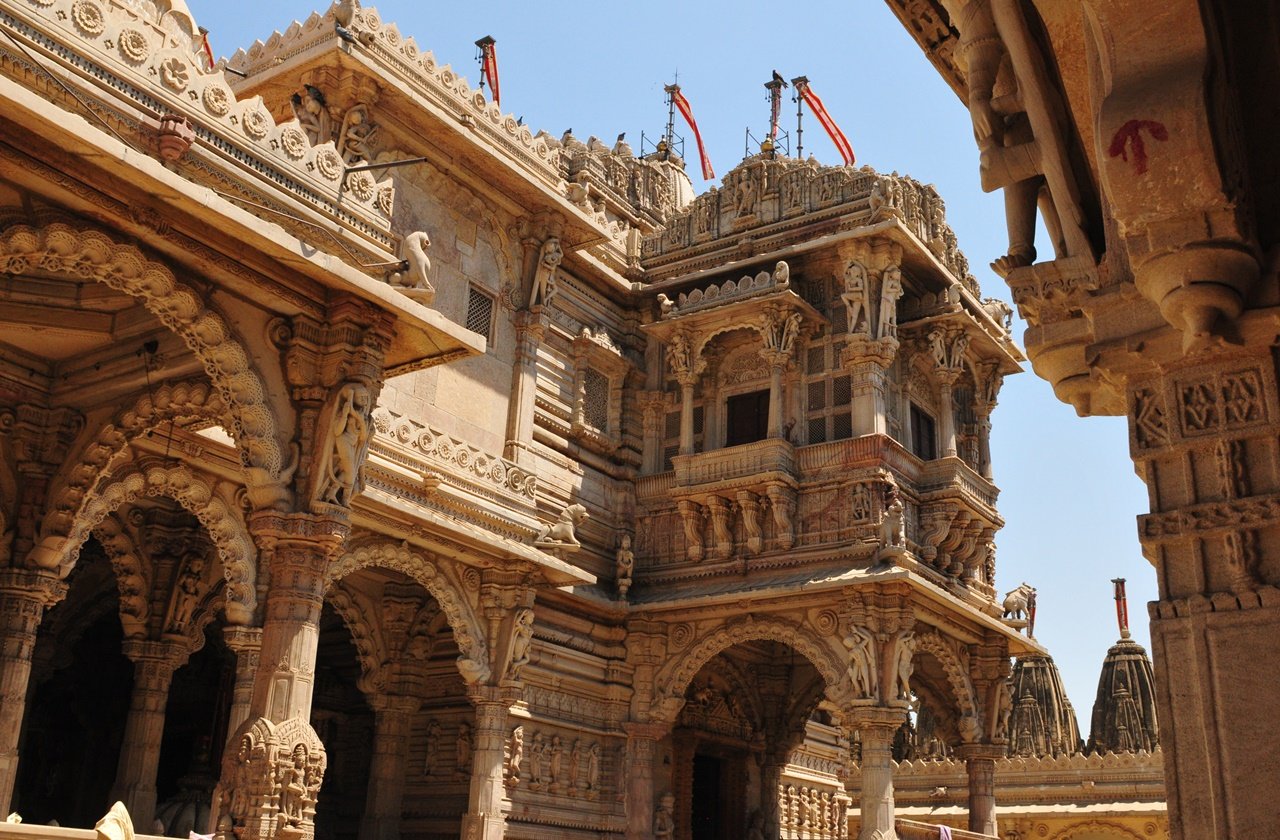
Photo by gmcphotopress on Adobe Stock
Type: Cultural
Year of Inscription: 2017
Hailed as the country’s first UNESCO World Heritage City, the Historic City of Ahmedabad is a must-visit site. It is famous for its textiles, pols (traditional houses), and puras (gated streets), as well as the peaceful coexistence between communities following Hinduism, Islam, and Jainism. You’ll also find bird feeders, places of worship, and public wells scattered around this famous walled city. Ahmedabad also boasts 25 ASI (Archeological Survey of India) protected landmarks and structures. Join guided walking tours and get a deeper insight into the essence of this fascinating walled city. After your tour, head to the markets and sample different Indian food!
15. Red Fort Complex
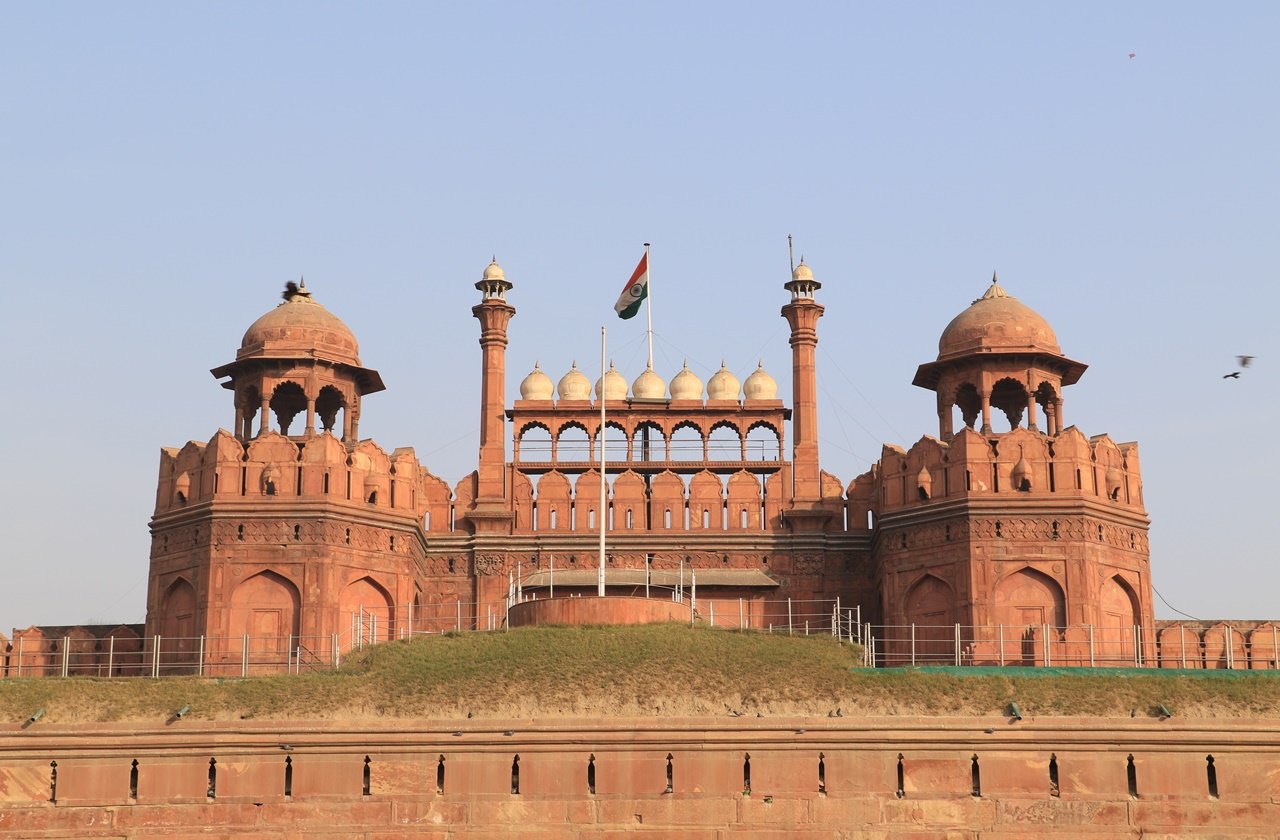
Photo by Social Media Hub on Adobe Stock
Type: Cultural
Year of Inscription: 2007
Under the direct protection of the Archaeological Survey of India, the Red Fort Complex in Delhi is one of the most stunning UNESCO World Heritage Sites in India. It was built by Emperor Shah Jahan as part of his plan to move the capital from Agra to Shahjahanabad, which is Delhi today. The Red Fort Complex displays the glory of the Mughal dynasty, marked by famous red sandstone walls common in other Mughal structures. Inside the complex, you’ll find palaces, pavilions, and gates representing a combination of Indian, Persian, and Timuri architectural styles. Guided tours are available from Tuesday to Sunday, and the best time to visit is from October to February.
Discover India’s Rich Culture Through Its World Heritage Sites
If there are sites that would best help you learn more about the country, the UNESCO World Heritage Sites in India should be in your itinerary. As they are the most important places on Earth, they give you an insight into its culture and history. These prestigious sites also provide refuge for critically endangered plants and animals.
Given their importance and value, local agencies should exert efforts in protecting these sites to avoid the risk of delisting. When visiting these sites, treat them as if you are in a museum. When going on guided treks and walks, always make sure to follow the assigned trails, respecting the locals and the environment overall.

